Travellers from all around the world flock to New South Wales each year to explore its natural beauty. One of the most awe-inspiring places in the state is Mungo National Park – a vast expanse of ancient landscapes and unique wildlife that will take your breath away. Let’s discover why this national park is so special.
The Natural Wonders of Mungo National Park
Mungo National Park is located in south west NSW, right on the edge of the Murray-Darling Basin near Pooncarie, which is approximately four hours' drive from Sydney. With its spectacular sand dunes and stunning views, Mungo National Park offers visitors an unforgettable experience. The park includes five main areas: Blamey Hill, Central Mungo, West Mungo, East Block and Lake Mungo. The area features diverse landscapes including red sand dunes, grassland plains and limestone ridges – all with their own distinct ecosystems and wildlife.
Mungo National Park is also home to many rare species of animals, birds and plants – some found nowhere else in Australia! Some of the more popular species include kangaroos, emus and wedge-tailed eagles. There are also over 50 species of reptiles on display throughout the park including lizards and skinks. In addition to these fascinating creatures, there are several endangered plant species such as native grasses, shrubs and wildflowers that can be seen in abundance during springtime in particular.
Experience Aboriginal Culture at Its Best
Mungo National Park was once home to a thriving Aboriginal community for over 40 000 years until it was abandoned in the early 20th century. As a result, you can find plenty of evidence scattered throughout the area that tells a story about those who lived here before us - from ancient rock paintings to animal bones that have been preserved by time itself! Visitors can also experience traditional Aboriginal culture first hand through guided tours led by local Elders who have lived here for generations; or by joining any one of many cultural events held annually such as ‘Welcome To Country’ ceremonies or ‘Bush Food Walks’ where you can learn about bush tucker (native food).
Mungo National Park truly has something for everyone – whether you want to explore nature’s beauty or connect with traditional Aboriginal culture! From its stunning scenery to its diverse wildlife, this magical place offers an unforgettable experience that will stay with you forever! So if you’re looking for an outdoor adventure near Sydney then look no further than Mungo National Park - it won’t disappoint!
Longitude:
143.02545477384007

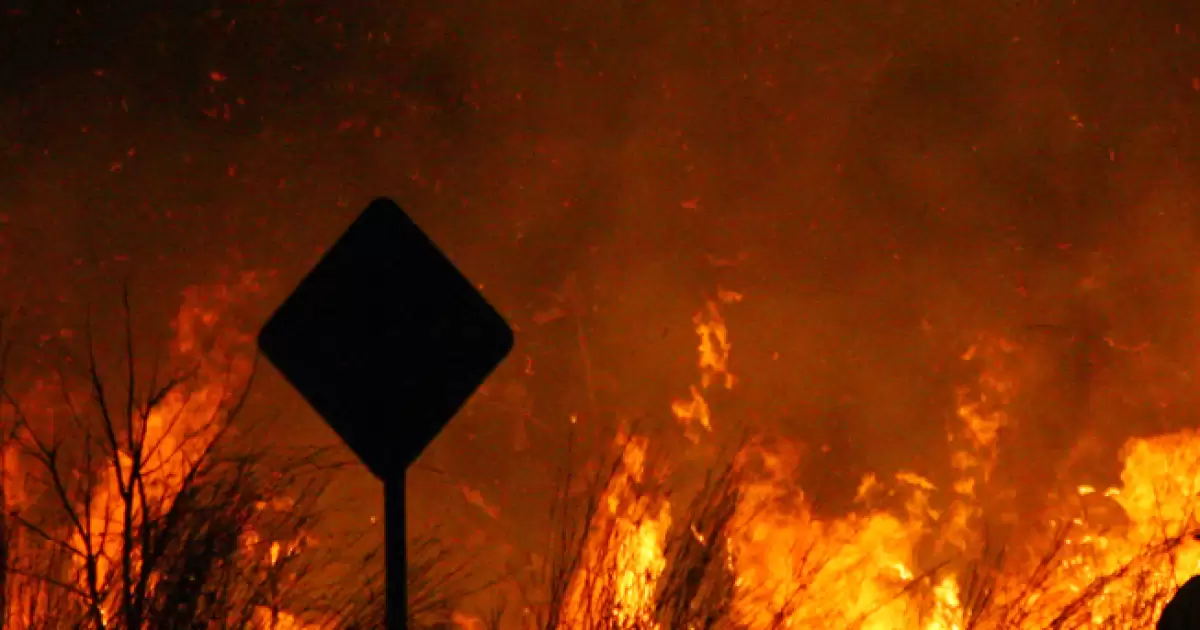


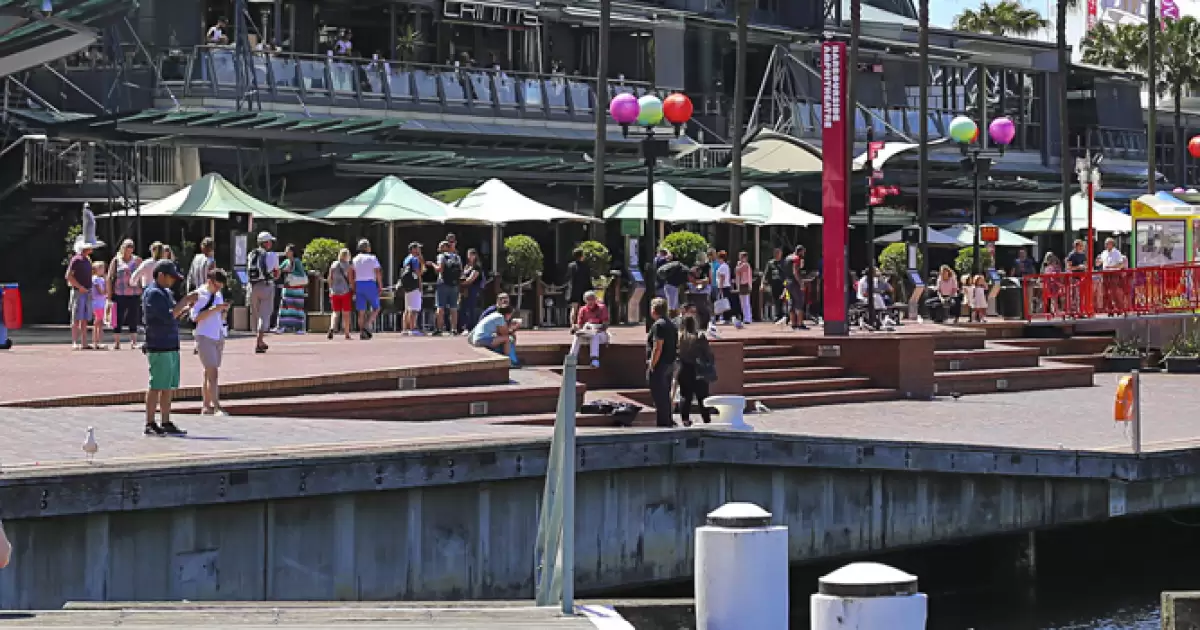
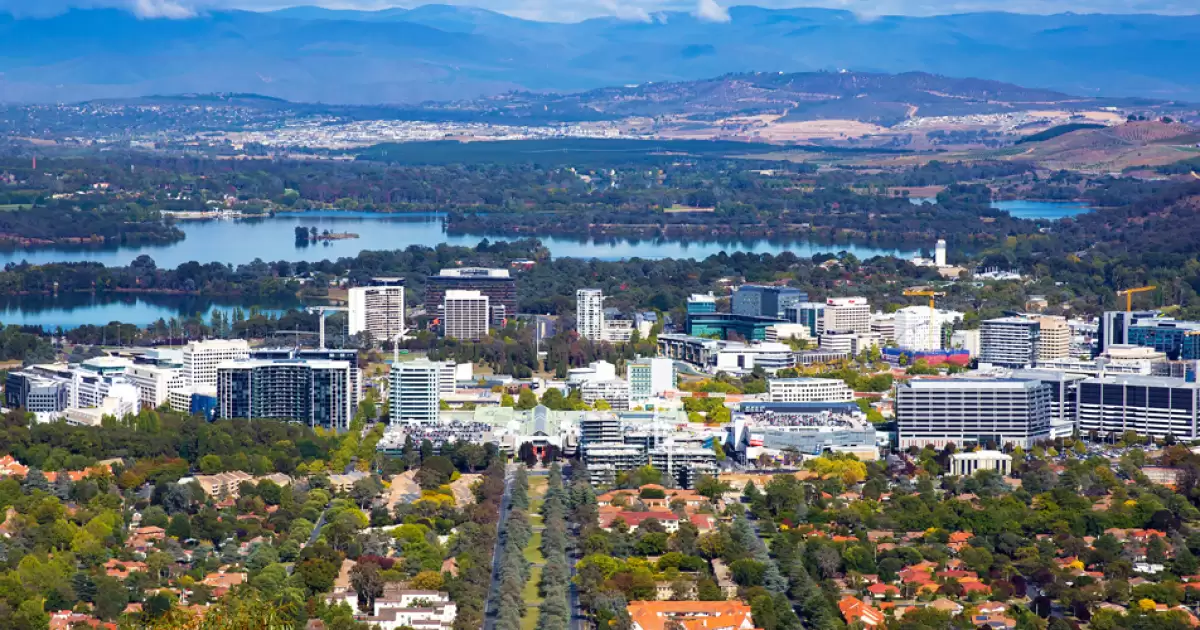
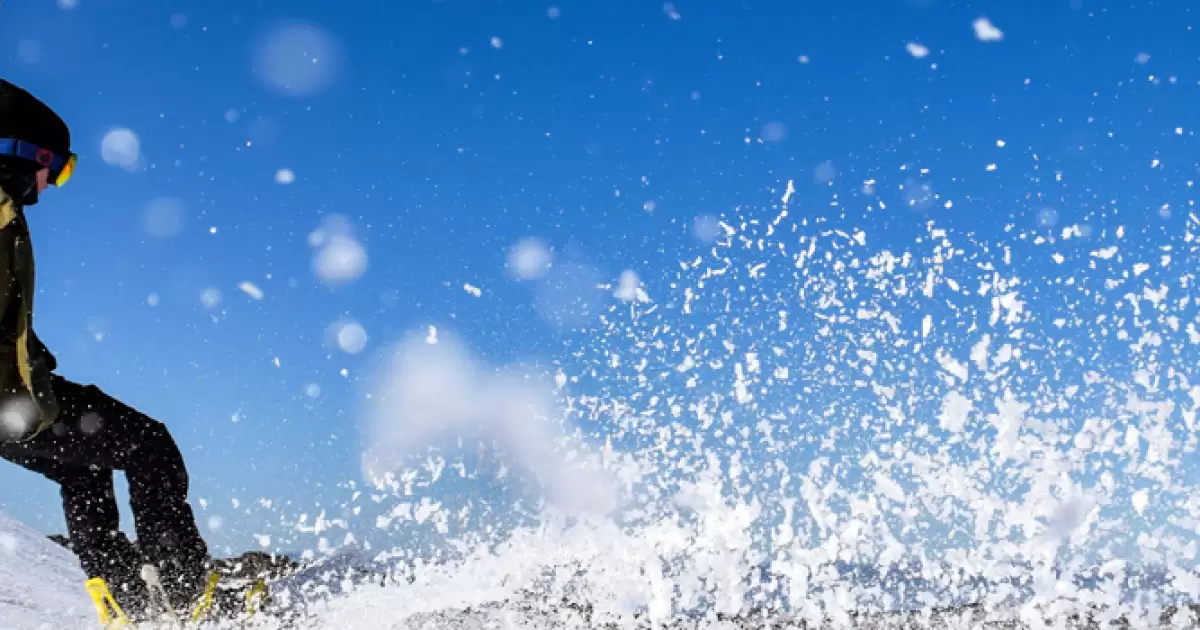
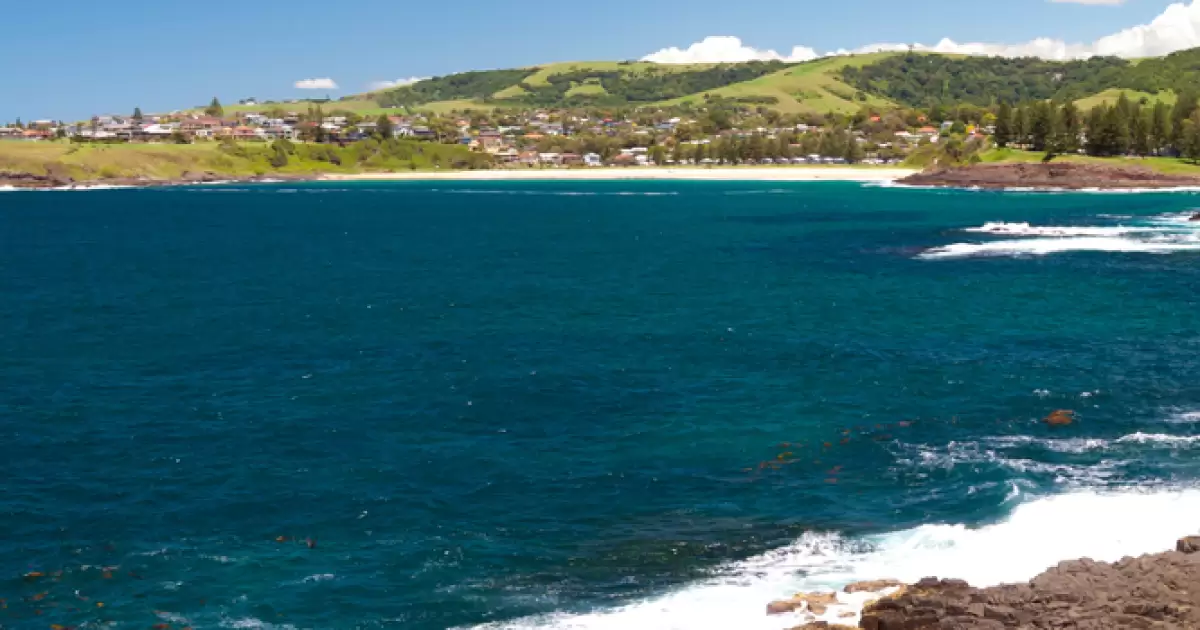
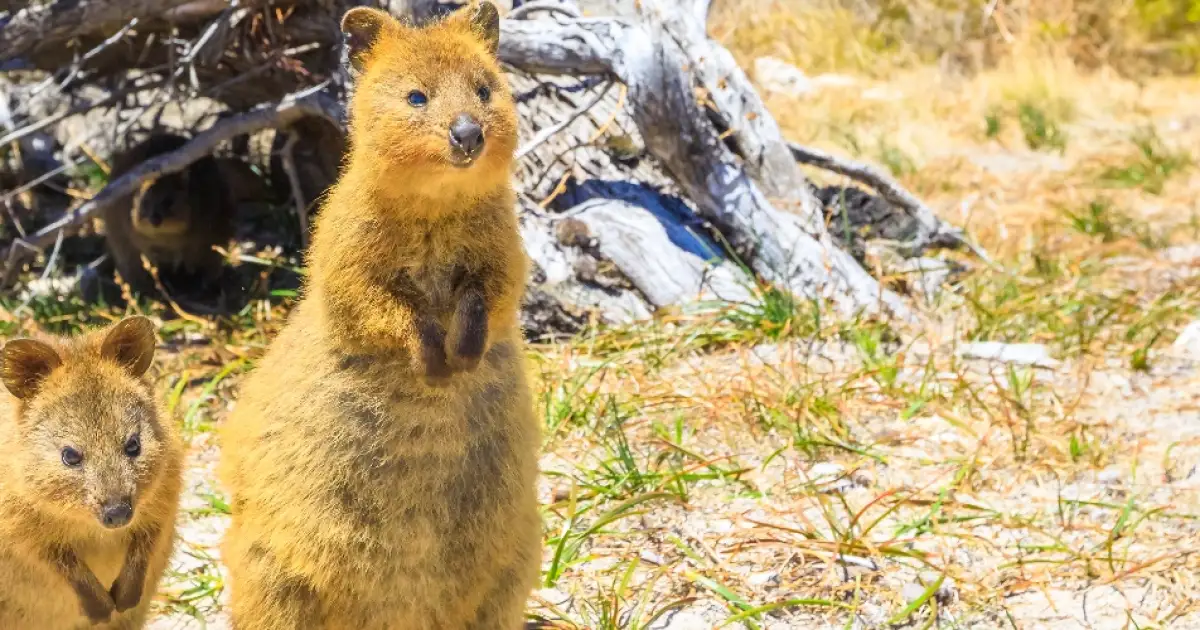
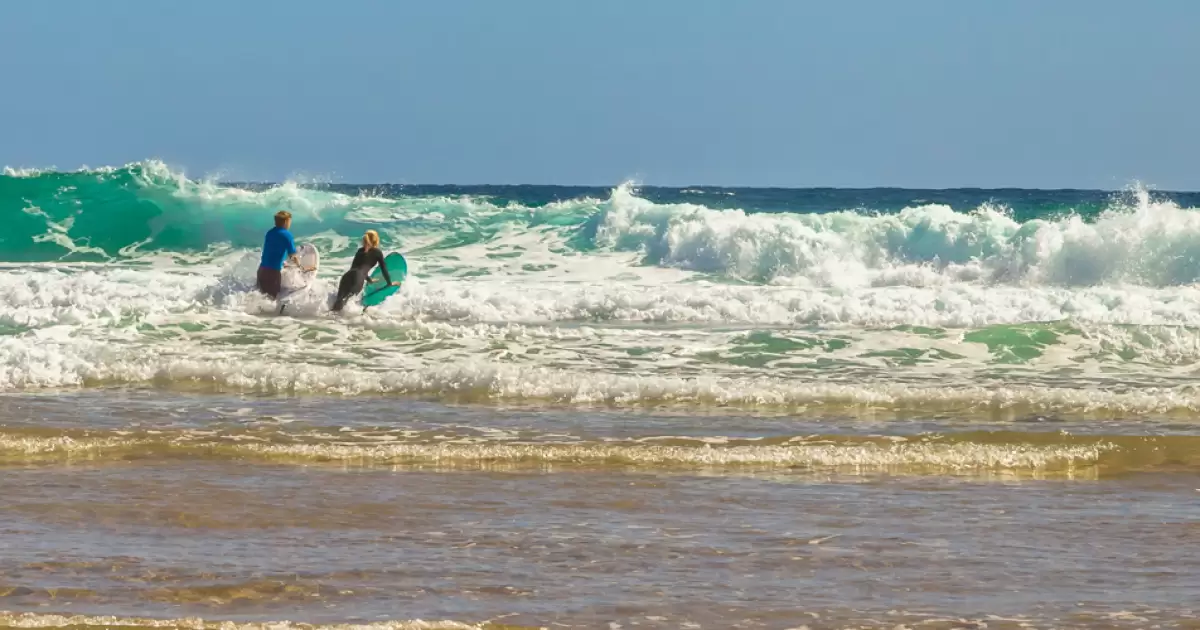
![Yalata [The Nullarbor]](/places-to-go/south-australia/eyre-peninsula/image/s/yalata-nullarbor.webp)
